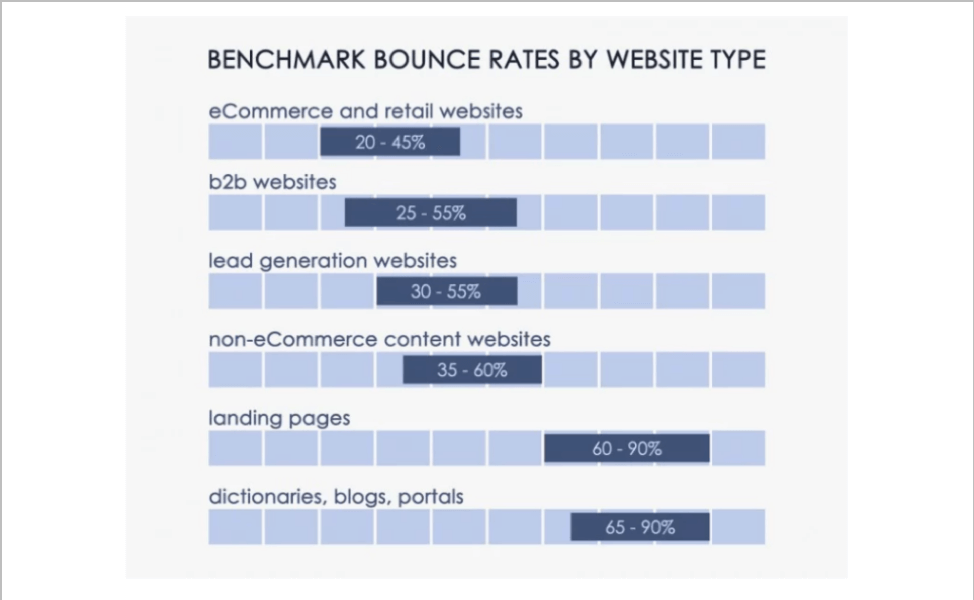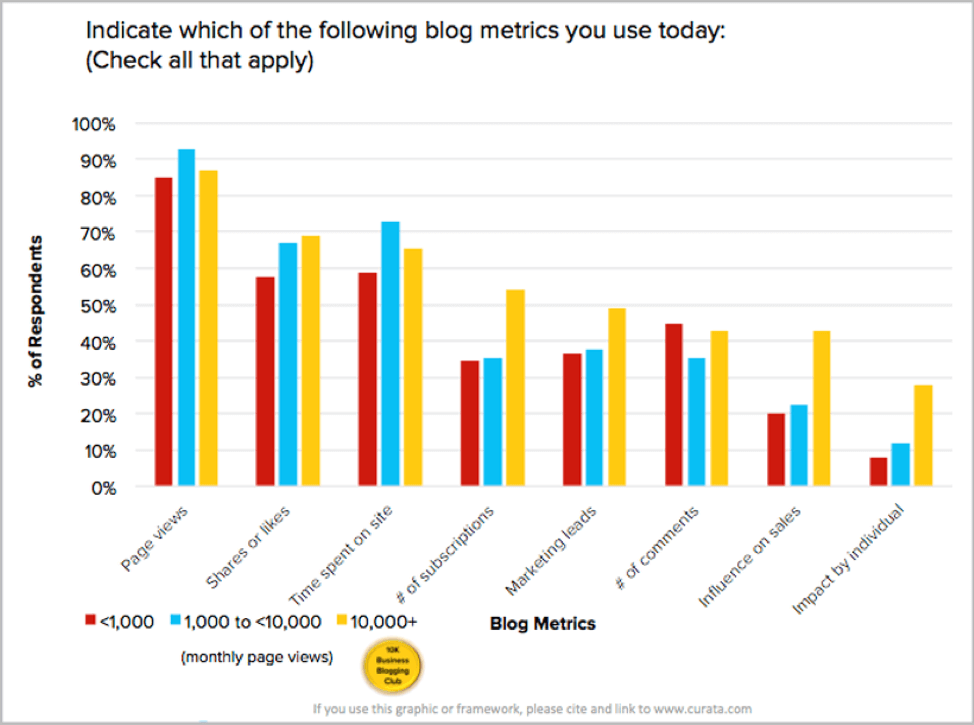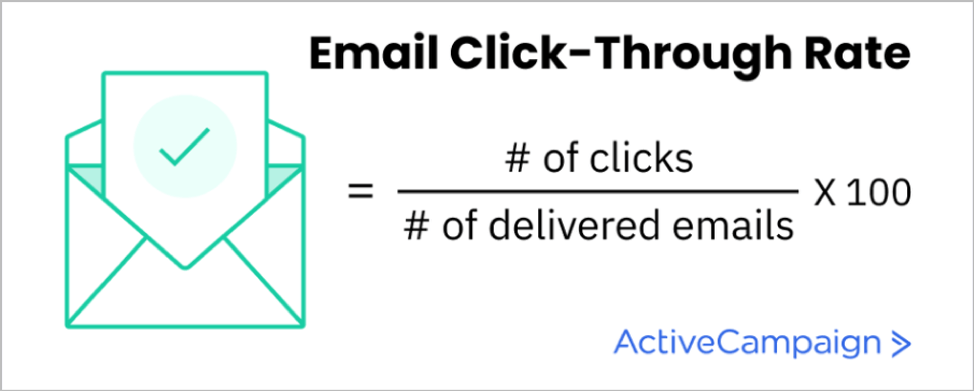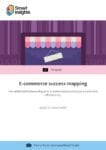To sell products online, your e-commerce website content needs to be persuasive. Here are three metrics to measure whether it is.
We all want to be persuasive, don’t we? To influence others, to get stuff done. Most of us readily use all the tactics in our toolkit: smiling, quickly building rapport, and, over time, earning all-important trust. Then we leverage this ‘relationship equity’ to get what we want (or not).
In the e-commerce selling realm, persuasiveness — not just content — is king. To crown our site a UX king we need to a) first track how persuasive our site is, and then b) employ new tactics that we hope will increase, or lift, this persuasiveness.
Download our Individual Member Resource – E-commerce success mapping
This template introduces an analytical approach which we think is particularly useful for improving results from e-commerce site marketing but can be applied to other types of sites and online marketing activities also.
Access the E-commerce success mapping
The following are three metrics you can start using on your e-commerce website to measure its baseline persuasiveness. I’ll focus on top-of-funnel (TOFU) metrics here. After all, middle-of-funnel (MOFU) and bottom-of-funnel (BOFU) metrics are moot if you don’t get higher-level click-throughs.

Bounce rate
Obviously, if you visitors are hitting a given page — whether it’s a landing page, product detail page (PDP) or other — and they immediately say, ‘That’s not what I want!’, then leave, that’s not a good thing.
The metric that measures this is Bounce Rate, defined as the percentage of visitors who visit only one page then leave your site. While bounce rates of e-commerce sites vary widely based on the source of the visits (organic, PPC, email, etc.), bounce rates of 30% or higher are common for e-commerce sites.
To lower your bounce rate, you first need to discover why your visitors are bailing out so quickly. Having analyzed and split-tested dozens of e-commerce sites, here are the most common causes of high bounce rates.
Unclear value proposition or fulfilled promise
Visitors to your website are seeking some kind of solution. They came from a wide variety of sources: they searched Google, then clicked a result, clicked a paid ad, or clicked some deep-link, then landed on your site or landing page. Their referring link reflects some kind of expectation or intent (for example, ‘I want to find shoes for my teen son that cost less than $80’). Your landing page either showed a viable solution, or path to that solution (for example, ‘Find the shoes that fit your teen and budget with our Teen Shoe Finder’), or it didn’t.
Untrustworthy visual design
While we may say we don’t judge things or people based on first impressions, in reality, we do. It’s the same for websites. Our lives are busy, so we need to make decisions quickly. So it’s just easier and faster to judge websites quickly.
And I mean very quickly. A recent study by Google found people form first impressions of the experiences we encounter in our daily lives in less than 50 milliseconds (that less than 1/20 of a second!). Literally, in the blink of an eye, people get a ‘gut feeling’ that helps them decide whether to stay or to leave.

The lack of ‘trust seals’ also lower a site’s perceived credibility. So, whenever possible, include graphics, icons or content that show validation you’ve received from third parties, such as industry awards, customer reviews, or names of brand partners. In less than a couple seconds, your visitors will know that you’re a ‘real player’ who can be trusted.
The takeaway: make sure a professional designer creates the user experience (UX) for your website or application. Visual design is not the place to save money, because you’ll surely lose it back quickly in the form of more bouncing visitors.
Let’s take a step back now, and consider other sources of TOFU traffic and their key persuasion metrics.

Blog views per session
Let’s talk blogs. If you’re selling any product that isn’t a ‘quick consideration’ purchase (that is, has a low price point and short sales cycle; think 20-minute TV infomercials or long-form Facebook ads), you need to do some content marketing. Blogs are an essential part of this.
What metrics lets you gauge whether your blogging efforts are worthwhile? Page views per session is a great place to start. Sure, high numbers of social shares and click-throughs to sales pages are nice. But, first and foremost, your posts need to be engaging and answer your visitors’ most-asked questions. The Page Views per Session metric tells you this quickly and clearly.
To increase your blog page views, try the following tactics:
Choose blog topics that answer key visitor questions
Do some customer research to discover what questions your prospects are asking most often, then brainstorm blog topics that will address them. Create a ‘hub’ post that offers quick answers, then link to other posts that let your visitors dive into details.
If you don’t know your prospects’ top questions or concerns relative to your product category, a simple way to discover them is by serving up a one-question poll using a tool like Qualaroo or Hotjar. Ask an open-ended question like ‘What are your top questions or concerns as you shop for an {X category} product?’ If your site has reasonable high traffic, you’ll collect 200 or more of these questions within a few weeks, even if you only serve this question to 20% of your visitors. This will be enough responses to inform your blog calendar for several months.
Just make sure your poll is one question only — 20-question survey interrogations (that’s one of my top user research pet peeves!)
Include ‘next topic’ links in your posts
To keep your visitors reading your posts, be sure to trigger some stickiness. Do this by including ‘next subtopic’ links within your post (for example, every few paragraphs), and ‘next main topic’ links near the bottom of your posts.
These links and clicks will keep them reading, and, more importantly, progressing on down the ‘informed shopper’ path.
‘What about my call-to-action links?’ you may ask. Yes, you should include those, too. But for early-stage shoppers just starting their research, topical links should be the primary ones (the ones that pop out the most visually). And only in posts targeted to mid- or late-stage shoppers should you expose purchase-related calls-to-action (CTAs) like, ‘Shop teen boys shoes’ (link to a category page on your brand’s website) or ‘See who’s wearing our shoes’ (link to your brand’s Instagram page).
Lastly, don’t resort to posting ‘clickbait’ posts — ones just focused on ‘hot topics’ or keyword-stuffed articles. While they may get your more traffic at first, these visitors won’t return after they’ve realized you’re giving them less useful (or even useless) content.

Email click-through rate
Another TOFU metric that super-important to track is email click-through rate.
Think about it: your email subscribers have a higher intent to buy. Why? Because they have personally signed up to communicate with your brand. They’ve even taken the risk of getting spammed by doing so (not that you would do that!). And, if you’ve created some good email nurturing campaigns, they’re more informed and ‘primed to buy’ then your average website visitors.
Recent email open and click rate statistics from leading email service provider Mailchimp prove this point. So give your email prospects and marketing lists extra time and attention.
Boost your email open and click-through rates with these tactics.
Write great subject lines for your emails
If your emails don’t get opened, it doesn’t matter how great the writing is ‘under the covers.’ So spend time brainstorming lots of ‘headline’ (subject line) options for each email so you’re sure to find a good one. Then continually test headline variations in your split testing platform so you can continually these email click-through rates over time.
I use the 'headline analyzer' provided by the Advanced Marketing Institute. Simply enter your headline, then submit it for analysis. The AMI algorithm then calculates an Emotional Marketing Value (EMV), which is comprised of three main dimensions: intellectual, empathetic and spiritual. As they say on the site: headlines that speak to prospects in a deep and emotional way will score better. So take that as a strong hint as you do your subject line brainstorming.
Keep your email copy focused
The Number One sin I see committed with marketing emails is that they’re too darn long. Remember, most often people are reading emails on mobile phones, and reading them while moving and distracted, so design your email copy for quick scanning and finger pressing.
Focus is the key when it comes to email copy and CTAs: if your email has more than two short paragraphs, two links and one CTA, it’s probably too long.
And resist the temptation to ‘always be selling’ in marketing emails. Remember the goals of your TOFU or MOFU emails: a) to learn more about each prospect and their intents (that is, doing a little market research), and b) to make each a better-informed customer (via links to content like blogs and videos). So don’t send your prospect sales-focused emails (and those super-attention-getting subject lines, often with exclamation points!) until you know you’ve nurtured them enough for them to become engaged and informed.
To learn more on this subject, check out these seven tips for lifting your email click rates from leading e-commerce marketing vendor OptinMonster.
Use the persuasion metrics that matter
If you’re in the selling business — and you are if you manage or design an e-commerce website — you need to track the metrics that most determine the effectiveness of your selling tactics: bounce rate, blog views per session, and email click-through rate.
Check your bounce rates first, because if visitors are coming but bailing out immediately, you have some top-of-funnel copy and trust issues to address. And if blog posts are part of your content marketing efforts, you need to make sure to choose topics your prospects actually care about, and to always trigger them to click that next article.
Lastly, because these prospects have already willingly shared their emails, you should devote attention to your email marketing efforts, and the click-through rates they produce for each campaign and subject line. With the right email designs and sequencing, your prospects will see you as more of a ‘caring sharer’ than a ‘greedy marketer.’
Best of all, by implementing and tracking these key metrics, you’ll have a ‘benchmark scorecard’ by which you can measure improvements. And you’ll likely find that the top-of-funnel lifts you generate soon trickle down to lifts in the metrics that matter most: conversion rate and revenue per visitor.











